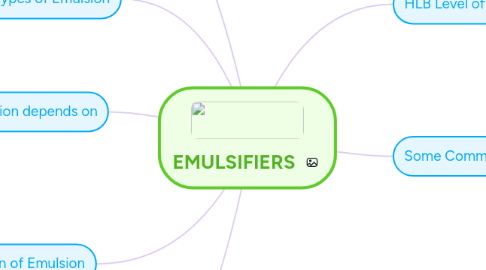EMULSIFIERS
by Chong Wen Qi


1. Type of Emulsifier
1.1. Nonionic
1.2. Anionic
1.3. Cationic
1.4. Amphoteric
2. Types of Emulsion
2.1. water in oil emulsion (W/O)
2.1.1. cream
2.2. oil in water emulsion (O/W)
2.2.1. mayonnaise
3. Stability of Emulsion depends on
3.1. degree of division of the inner phase
3.2. quality and stability of the interfacial film
3.3. viscosity of the outer phase
3.4. ratio and the specific weight of the volumes of the two phases
4. Function of Emulsion
4.1. Promote emulsion stability, stabilise aerated systems and control agglomeration of fat globules
4.2. Modify texture, shelf life and rheological properties by complexing with starch and protein components
4.3. Improve the texture of fat-based foods by controlling the polymorphism of fats
5. Application of Emulsifiers
5.1. Bread, Rolls, Buns
5.2. Cakes
5.3. Confectionery Products and Coatings
5.4. Ice-cream
5.5. Noodles and Pasta
6. HLB Level of Emulsifiers
6.1. High HLB : HLB>10
6.1.1. a good o/w emulsifier
6.2. Low HLB: HLB<10
6.2.1. a good w/o emulsifier
7. Some Common Food Emulsifier
7.1. Sucrose Esters
7.2. Sorbitan Esters
7.3. Polisorbates
7.3.1. Polysorbate 60
7.3.2. Polysorbate 65
7.3.3. Polysorbate 80
